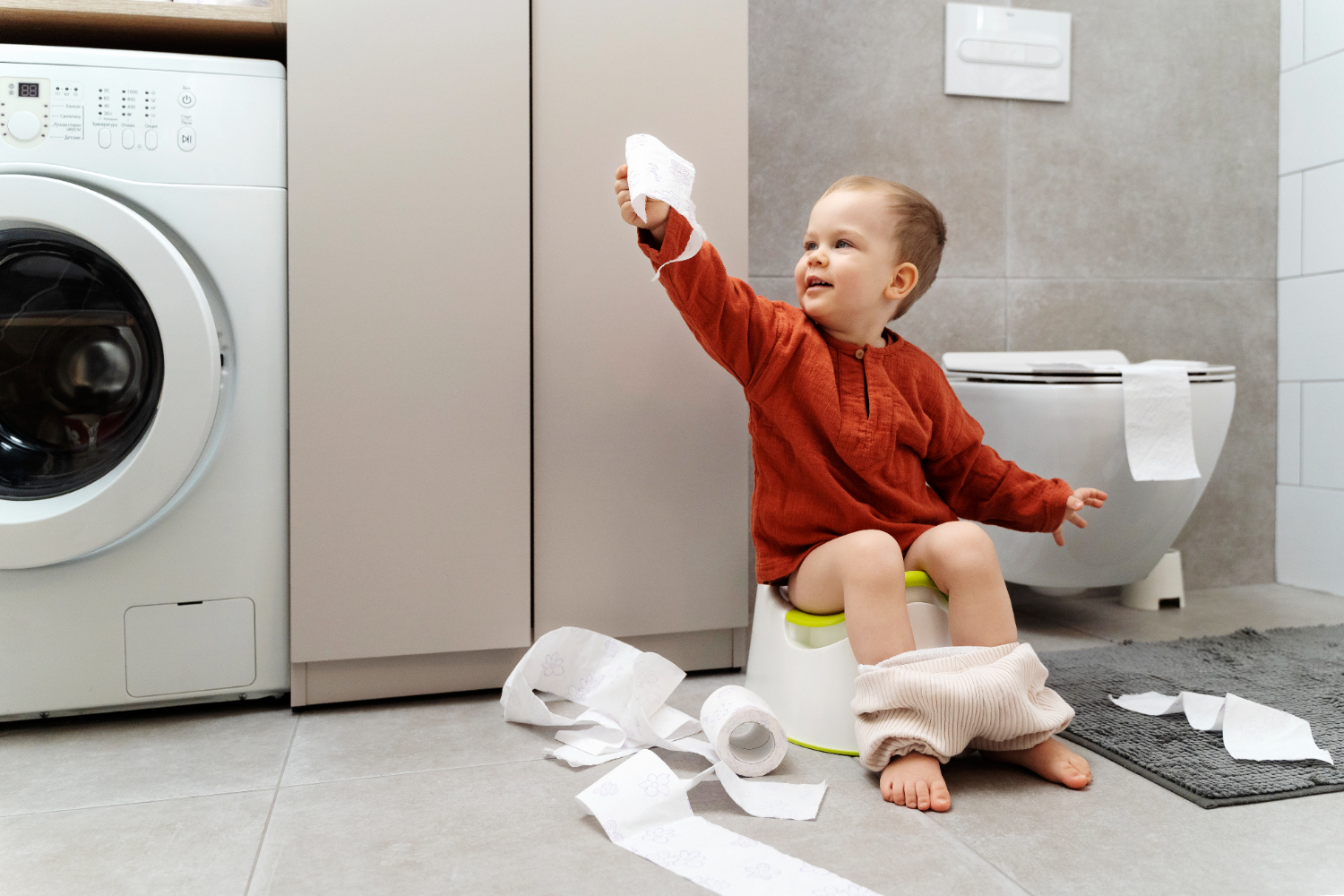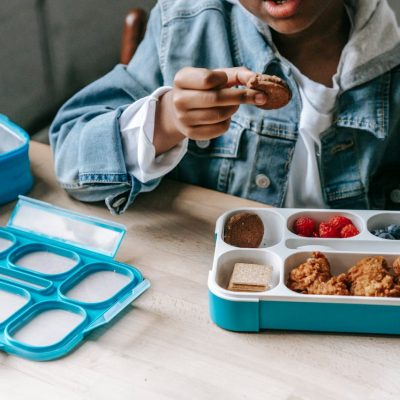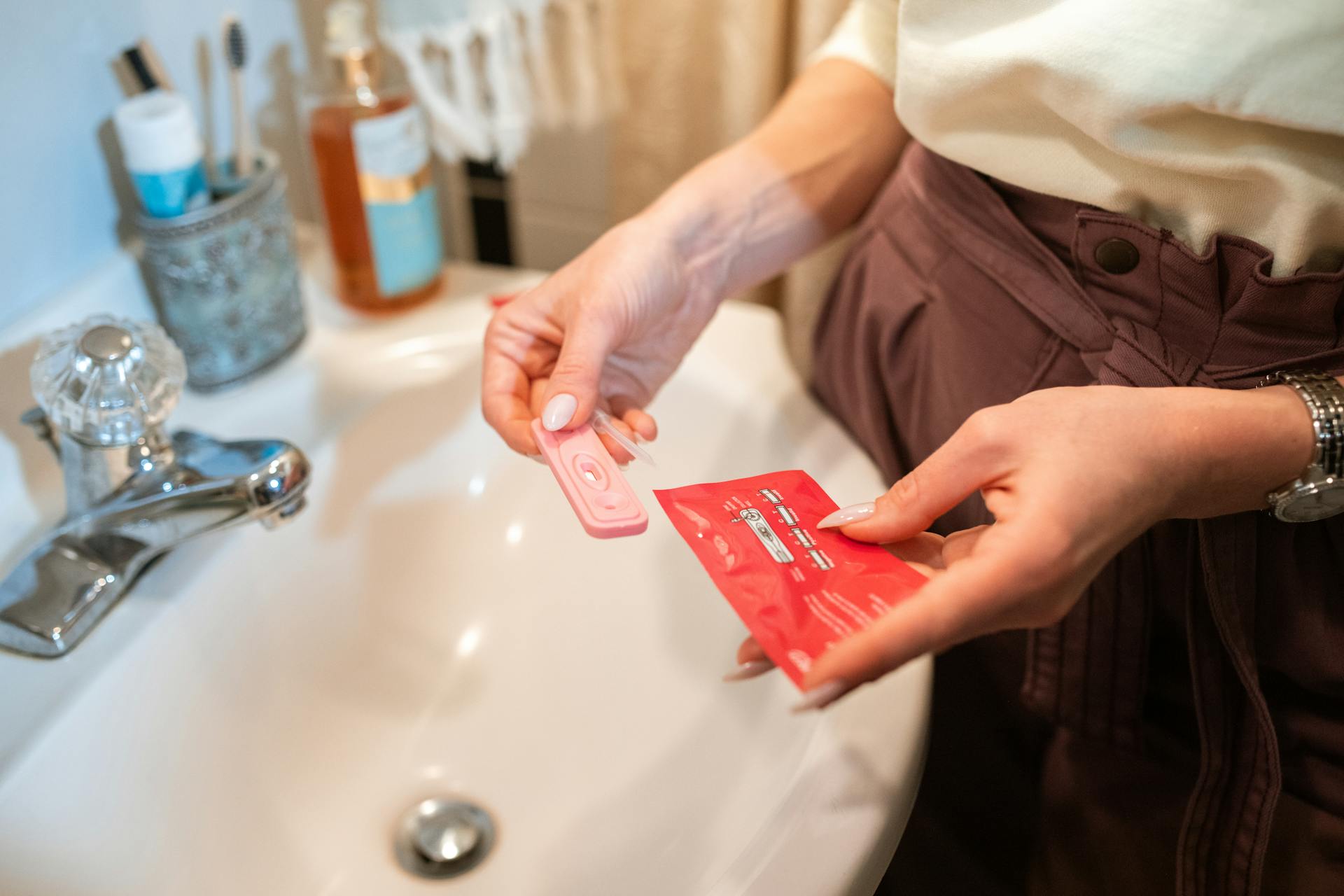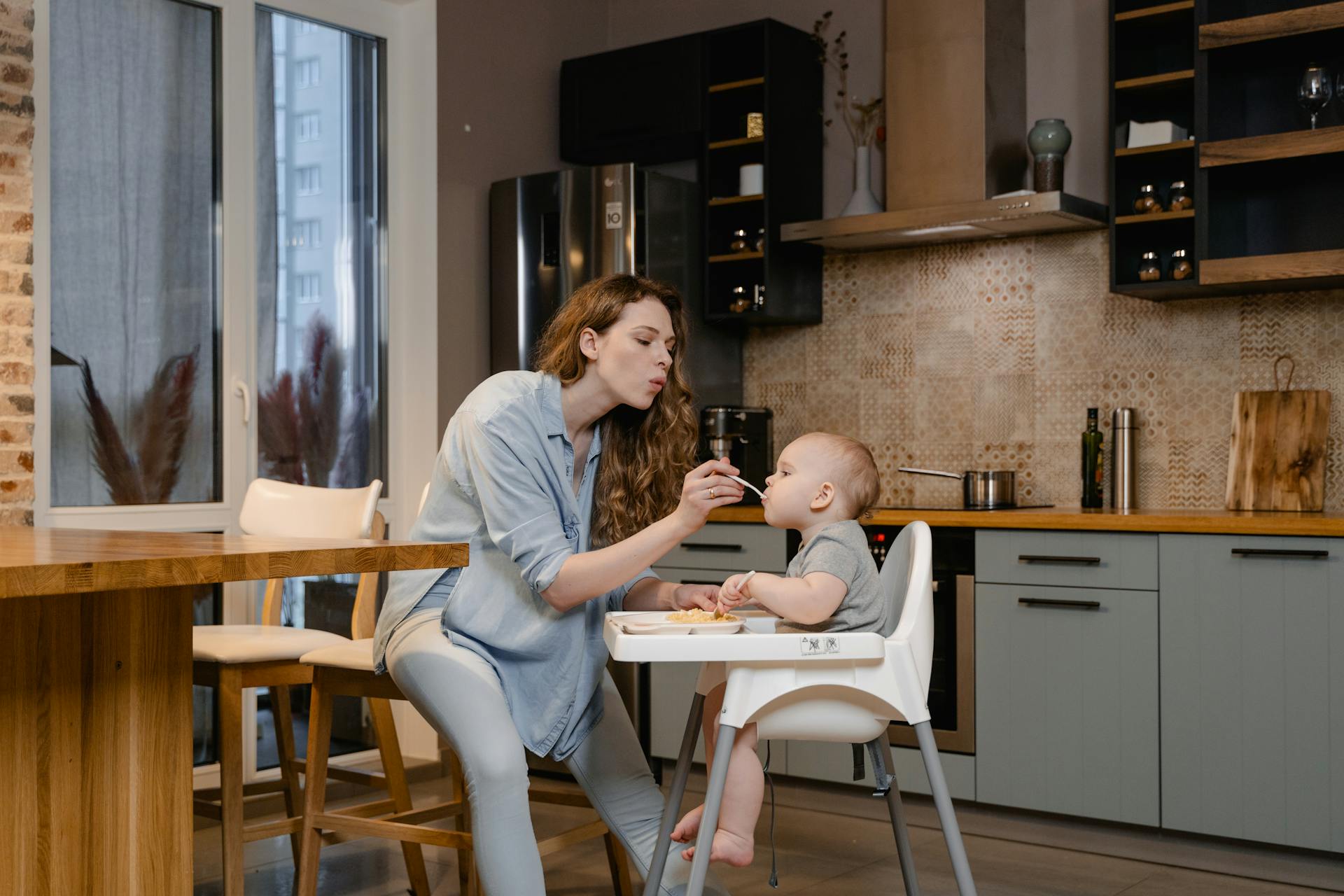Potty training is a significant milestone for both parents and children, but it can also be a challenging process. For parents of boys, there are specific considerations that can make the journey easier and more effective. This article provides practical, research-based advice on how to potty train a boy, covering the right age to start, tips for success, and common challenges.
When Should You Start Potty Training a Boy?
Determining the right time to start potty training is crucial for success. While every child is unique, most boys are ready between 18 months and 3 years old. Boys often start potty training slightly later than girls and may take a bit longer to master the process.
Look for these signs of readiness:
- Physical readiness: Your child stays dry for at least two hours during the day or wakes up from naps with a dry diaper.
- Behavioral signs: He shows interest in using the potty, imitates others’ bathroom habits, or communicates when he needs a diaper change.
- Motor skills: Your child can pull his pants up and down and sit on a potty chair without assistance.
- Emotional readiness: He’s willing to try new things and can follow simple instructions.
If your boy shows these signs, it may be time to introduce potty training. Remember, patience is key; starting too early can lead to frustration for both you and your child.
Essential Potty Training Supplies
Before beginning, gather these supplies to make the process smoother:
- Potty chair or potty seat: Choose one with a stable base for comfort and safety. Some boys prefer a potty seat that fits on the toilet to avoid transitioning later.
- Step stool: This helps your child reach the toilet and allows him to wash his hands independently.
- Training pants or underwear: Transitioning from diapers to “big boy” underwear can be motivating for kids.
- Rewards system: Use stickers, small toys, or praise to encourage progress.
- Books or videos: Potty-themed resources can make the process more engaging.
Tips for Potty Training a Boy
- Start with Sitting
Initially, encourage your son to sit on the potty rather than stand. This approach reduces messes and allows him to focus on recognizing the sensation of needing to go. Once he’s comfortable, you can introduce standing for urination. - Make It Fun
Incorporate games or rewards to keep potty training positive. For example, place small targets (like flushable potty training targets or cereal pieces) in the toilet to help him aim. - Set a Routine
Establish regular potty times, such as after waking up, after meals, and before bed. Consistency helps your child associate these times with using the potty. - Use Positive Reinforcement
Celebrate small successes with verbal praise, hugs, or a reward chart. Avoid punishment or showing frustration when accidents happen—it’s part of the learning process. - Demonstrate by Example
Boys often learn by watching others. If possible, let a trusted male role model (like a dad or older brother) demonstrate how to use the potty. - Dress for Success
Choose clothes that are easy for your child to pull down independently, like elastic-waist pants or training pants. Avoid overalls, belts, and complicated outfits during this phase. - Be Patient
Accidents are inevitable. Instead of scolding, calmly remind your child to use the potty next time. Staying calm and supportive helps build confidence.
Standing Up: A Unique Step for Boys
Teaching your son to urinate while standing is a key part of potty training boys. Here’s how to introduce it:
- Wait until he’s ready: Start with sitting to ensure he feels comfortable. Once he’s used to urinating in the potty, you can encourage standing.
- Use a fun target: Encourage aiming by adding floating targets or colored pieces of cereal to the toilet.
- Demonstrate technique: Show him how to lift the toilet seat and aim into the bowl. If a male role model is available, he can demonstrate this step.
- Provide a step stool: If your child uses a regular toilet, a step stool can help him reach the right height.
Common Challenges and How to Overcome Them
- Resistance to Potty Training
Some boys may resist potty training due to fear, discomfort, or a desire to stay in diapers. If this happens:
- Take a break for a few weeks before trying again.
- Offer encouragement and make the process fun.
- Address any fears he may have about the potty.
- Frequent Accidents
Accidents are normal during potty training. To minimize them:
- Ensure regular potty breaks.
- Watch for signs that your child needs to go, like squirming or holding his crotch.
- Use waterproof mattress protectors for naps and bedtime.
- Nighttime Training
Staying dry at night often takes longer than daytime training. Use pull-ups or overnight diapers until your child consistently wakes up dry. Encourage a final bathroom visit before bedtime and limit liquids in the evening. - Fear of Flushing
The sound of flushing can be intimidating for some children. If this is an issue:
- Let your child leave the bathroom before you flush.
- Gradually involve him in the process, starting with pressing the flush button together.
Signs of Success
You’ll know your son is potty trained when he can:
- Recognize when he needs to go and communicate it.
- Use the potty independently, including pulling his pants up and down.
- Stay dry for long periods during the day.
- Handle most bathroom routines without assistance.
Potty Training Myths
1. Boys take much longer than girls.
While boys often start later, the difference in training time isn’t drastic. Consistency and patience are more important than gender.
2. You need fancy tools or gadgets.
While some supplies can be helpful, successful potty training relies on your child’s readiness and your approach.
3. Potty training should be completed by a certain age.
There’s no universal deadline for potty training. The process varies greatly depending on the child’s temperament and developmental pace.
Potty Training and Parenting Tips
- Stay Flexible
Every child is different, so adapt your approach to what works best for your son. - Celebrate Milestones
Even small successes, like sitting on the potty, deserve acknowledgment. Positive reinforcement boosts confidence and motivation. - Seek Support
Connect with other parents for advice and encouragement. Remember, you’re not alone in this journey!
Conclusion
Potty training a boy is a milestone that requires patience, encouragement, and a bit of creativity. By understanding your child’s readiness, establishing a routine, and keeping the process positive, you can make potty training a rewarding experience for both of you.
Remember, accidents and setbacks are part of the journey. Celebrate progress, stay flexible, and trust that your little one will master this skill in his own time. With the right approach, you’ll soon say goodbye to diapers and hello to a proud, potty-trained boy!
















